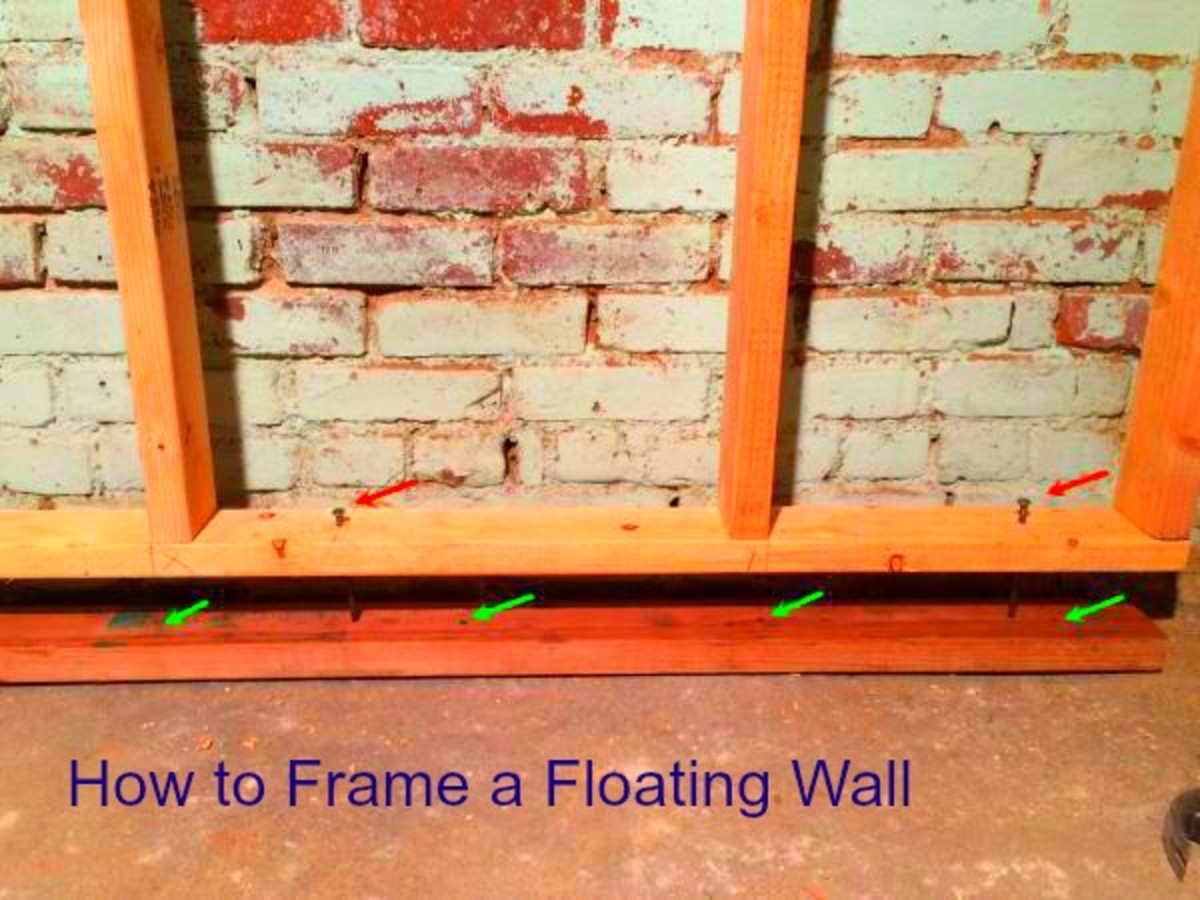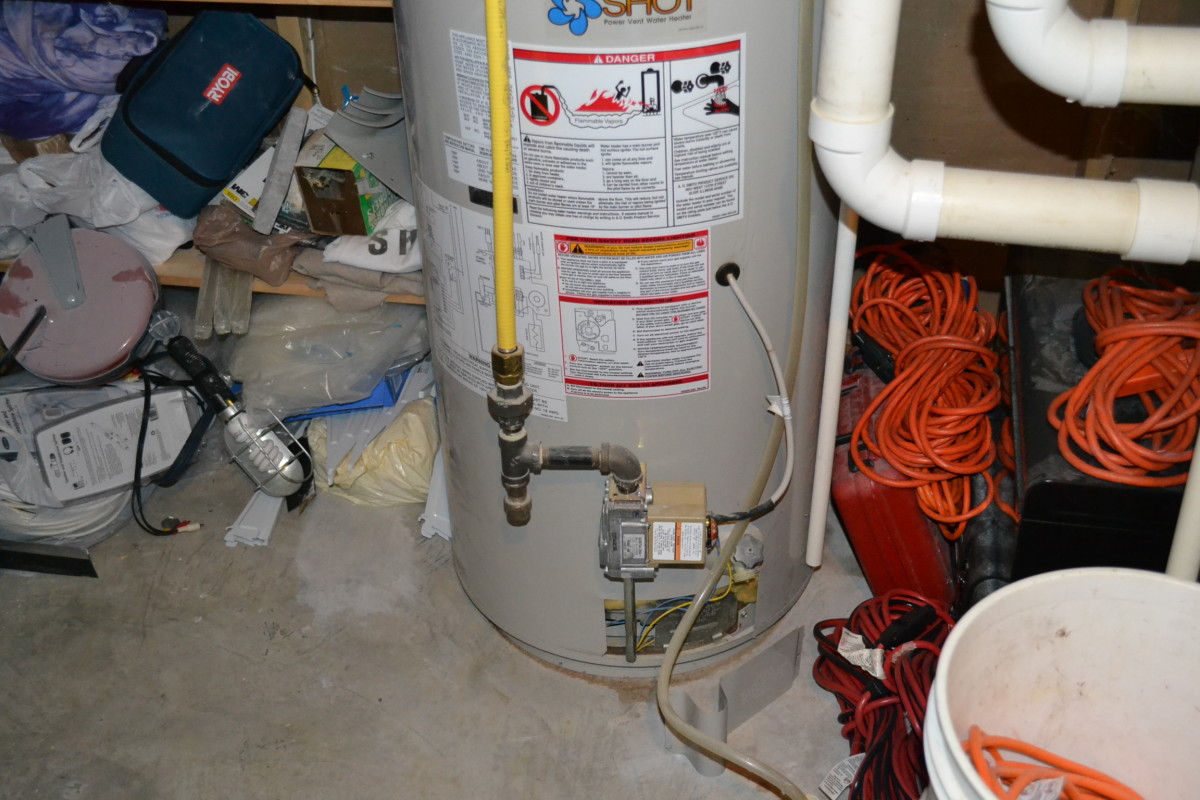How to Identify a Load Bearing Wall in Your Home
The load bearing walls in your home are an integral part of the structural system. These walls support and distribute the weight of the roof, and in the case of two or three story homes, the weight of upper floors as well. The weight is "sent down" or directed to the supporting foundation of your house. Without supporting walls or supporting structures hidden in walls, the roof and upper stories would collapse.
If you're considering knocking out an interior wall, on the main floor or upper stories, or even just creating a pass-through, find out if that wall is load bearing or non-load bearing first.
Since all walls essentially look the same, how do you identify the load bearing walls in your home?
The best way is to hire a structural engineer. After inspecting the house, he or she is able to identify which interior walls are load bearing walls, and possibly which walls contain structural supports, but are not necessarily load bearing walls.
Before you hire an engineer, though, you can do an inspection of your own and get an idea of which walls are holding up the roof.
Start in the basement if your home is not on a slab foundation. Look at the floor joists (along the basement ceiling) and note in which direction the joists are running. Though not conclusive evidence, a rule of thumb is any wall running perpendicular, that is, crosswise, to the direction of the joists is a load-bearing wall.
Note the location of the posts in the basement- those round poles bolted to an overhead beam and secured to the foundation of the basement. Again, a general rule is that the post is working in conjunction with a wall as part of the load bearing structural system of the house. The wall above a pole then is likely to be a load bearing wall or contain a similar support structure.
Go into the attic of your home and look at the direction the joists run. Just as with the floor joists in a basement, any wall running perpendicular to the attic joists is likely a load bearing wall.
This cursory inspection provides you with a rudimentary idea of which interior walls in your home are likely to be load bearing walls. However, do not assume that walls running parallel to the joists are not a part of the overall support structure.
Support posts or columns may be inside walls, encased by the drywall. These posts provide interior support for the roof and upper floors and the only way for you to know for sure if a wall houses such a support post is to remove the drywall.
If you're contemplating a home remodel that involves removing any walls, check for indicators that the wall may be load bearing. But even armed with this knowledge, do not remove or alter any walls in your home without first calling for an inspection by a structural engineer.






